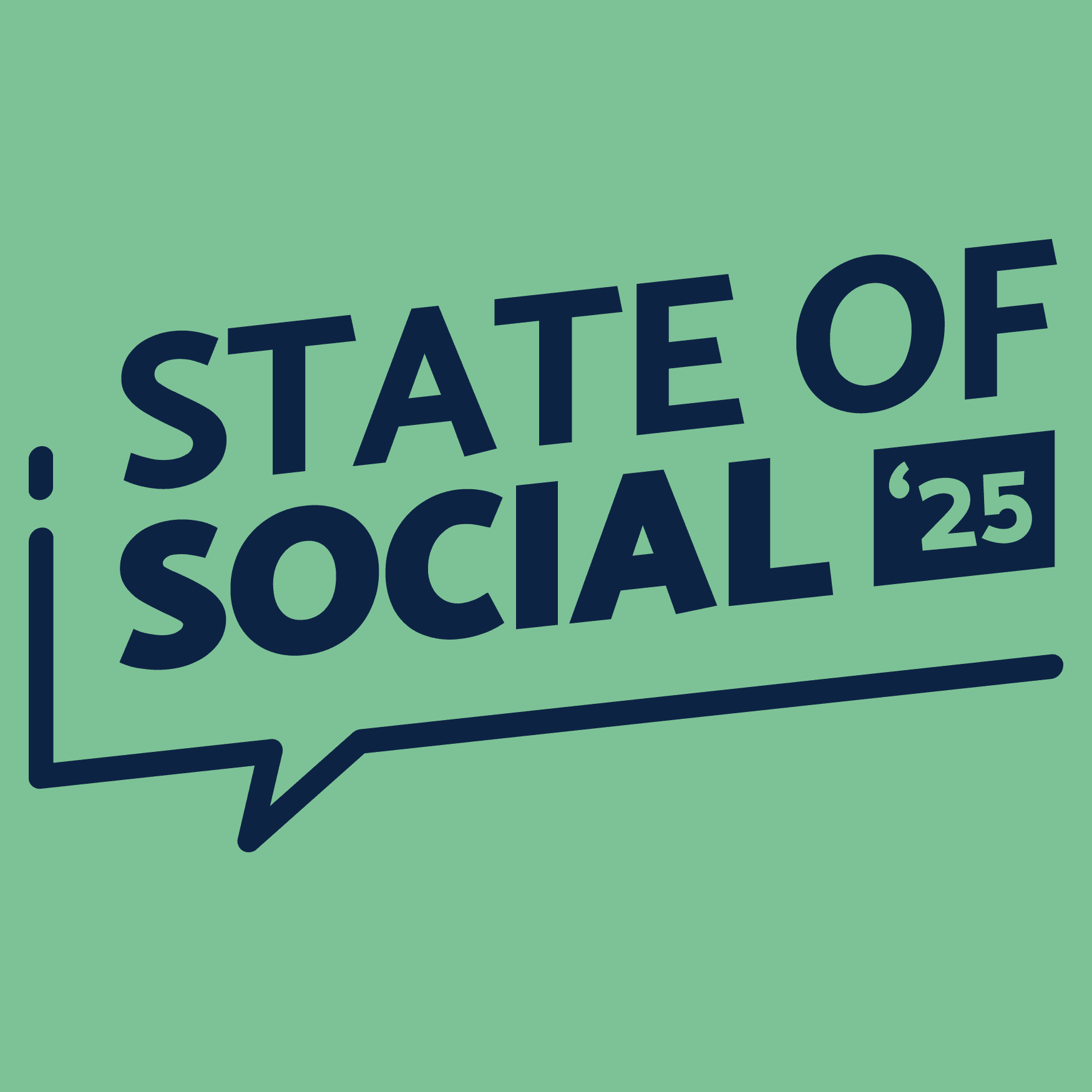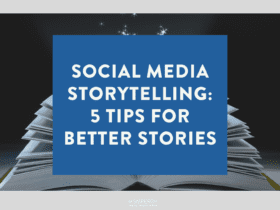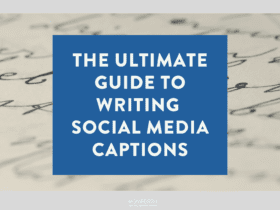Content is a large portion of digital marketing, and as marketers, we need to get our heads around a lot of terminologies.
The more terms we know and understand, the better we will be at our job. To help you get ahead, we’ve compiled a two-part list of what we consider to be the most important content marketing terms.
We defined some of the basic terms you need to know in our first post. In this second part, we’re going to take a look at some of the more technical terms used in content marketing, from the optimisation and distribution of our content to measuring its performance.
Optimisation
- SEO (search engine optimisation): optimising content by using relevant keywords so that it appears organically in user searches
- keywords: words and phrases used in content to make it identifiable for search engines so that it appears in audiences search
- alt-description: alternative description of images on websites that are shown if an image is broken or by visitors that are visually impaired
- meta data: information in the web coding about the web page used for SEO, often used to describe non text elements
- hyperlink: words or phrases on a web page that can be clicked on to go to a new page or section in the current page
- anchor text: refers to the clickable text that is displayed in a hyperlink
- backlinks: a link from a website that points to your website, helps to improve SEO and search ranking
Analytics & performance
- GA (Google analytics): popular tool used to measure the performance of content and gain insights about website traffic
- metric: a measure used to evaluate performance e.g number of clicks
- visitors: the people that visit your website
- CTR (click through rate): the number of people who clicked on an ad as a ratio of the number of impressions the ad had
- bounce rate: the percentage of visitors that leave after viewing only one page of a website
- impression: the number of times an ad/post is displayed
- reach: the number of people who have seen an ad/post
- conversion: a metric used to refer to the number of visitors that took a desired action
- conversion rate: a measure of how well your content does at converting visitors to take action
- engagement rate: another metric used to evaluate the actions taken by the audience on a piece of content e.g comments, shares, likes
- KPI (key performance indicator): defined by companies internally and used to measure success
- ROI (return on investment): measure of the profit gained compared with investment made in generating it
- A/B (split) testing: involves testing two versions of a web page with slight variations in copy e.g different headlines, in order to determine the one that drives more conversions
- optimisation: making content more likely to appear at the top of searches by adding tags, keywords etc
Advertising and distribution
- banner/display ads: image based adverts on a website that promote brands
- influencers: people in an industry that are looked up to because of their knowledge and experience, brands can leverage relationships with influencers and ask them to promote content
- affiliate marketing: performance-based marketing where publishers and advertisers share the revenue from adverts
- promoted content: content that is paid to appear on a third party site
- paid media: increasing awareness and exposure by promoting content through paid advertising
- earned media: when content gains publicity through its own merit, for free – word of mouth, social shares
- owned media: the media assets a brand has control of – website, blog, social media
- direct marketing: marketing directly to a specific audience e.g.. email, online adverts
- inbound marketing: strategy that uses content to draw the attention of audiences and turn them into customers
- agile: prioritises flexibility and quick response to new opportunities, important for inbound marketing








LET’S CONNECT